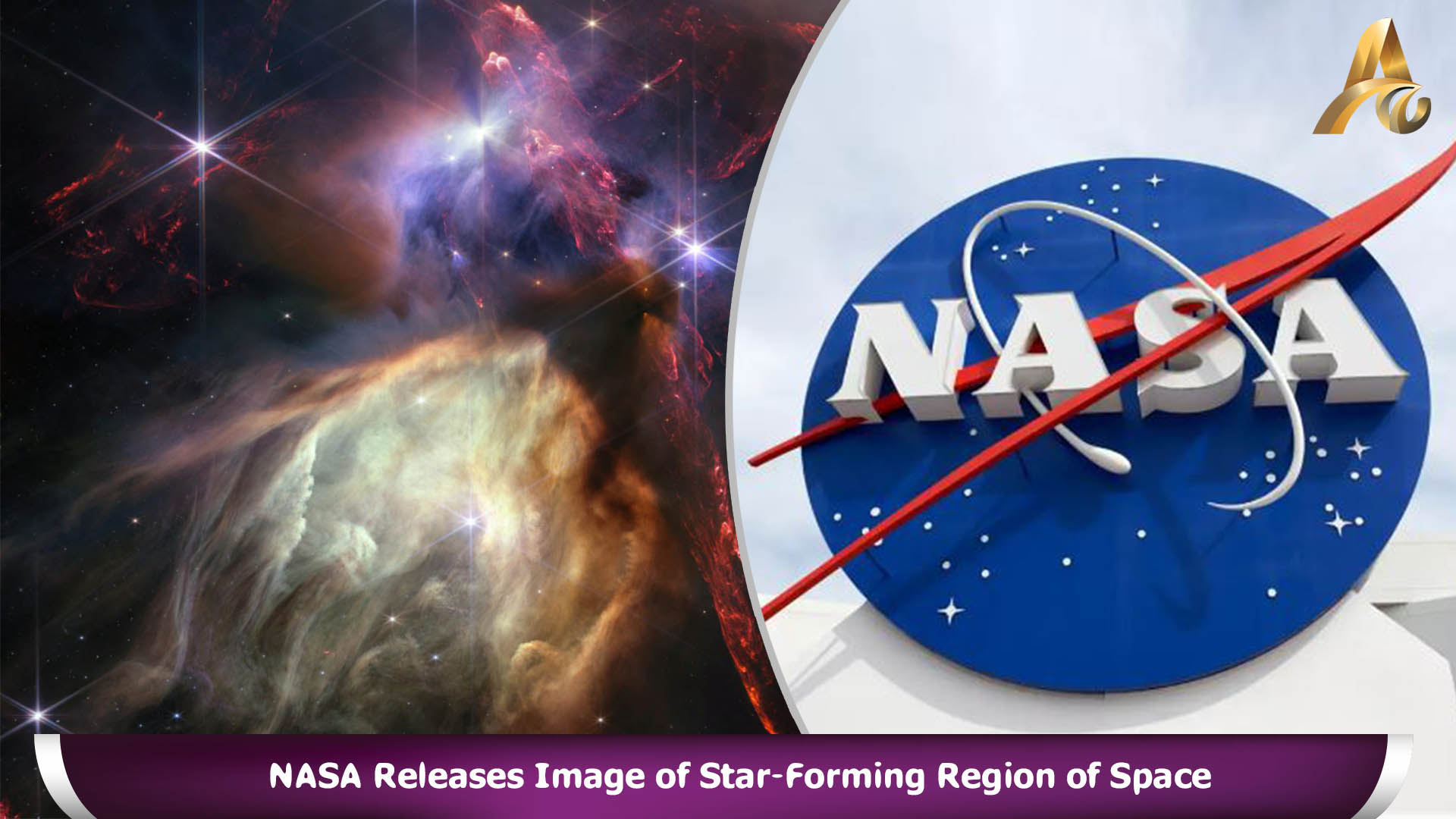INTERNATIONAL: To mark the one-year anniversary of the James Webb Space Telescope's launch, NASA revealed an astonishing image on Wednesday that displays the nearest star-forming region to Earth. This remarkable photograph provides researchers with an unprecedented close-up of the Rho Ophiuchi cloud complex, situated 390 light years away. What sets this image apart is the intricate level of detail captured, showcasing "sun-like" stars without any interference from foreground stars.
The unveiling of this image is a significant milestone, as it represents the first time scientists have had the opportunity to observe this region with such precision and clarity. The Rho Ophiuchi cloud complex, a celestial marvel located in the constellation of Ophiuchus, has long fascinated astronomers due to its active star-forming processes.
The James Webb Space Telescope, often hailed as the successor to the Hubble Space Telescope, was launched into space on a momentous day exactly one year ago. Since its deployment, the telescope has been meticulously collecting data and transmitting breathtaking images back to Earth. Its advanced technologies and instruments have enabled astronomers to push the boundaries of our knowledge and explore the cosmos like never before.
With its superior capabilities, the James Webb Space Telescope has already revolutionized our understanding of the universe. It has opened new avenues for research and promises to unravel mysteries that have eluded us for centuries. The unveiling of this image from the Rho Ophiuchi cloud complex is just a glimpse of the awe-inspiring discoveries that lie ahead as we continue to explore the vastness of space.
As scientists delve deeper into the data gathered by the James Webb Space Telescope, we can anticipate even more groundbreaking revelations about our cosmic neighborhood and the wider universe. The telescope's ability to peer through cosmic dust and capture high-resolution images will undoubtedly provide invaluable insights into the birth and evolution of stars, shedding light on the fundamental processes that shape galaxies and the cosmos as a whole.
As we celebrate the one-year anniversary of the James Webb Space Telescope's launch, we can look forward to a future filled with astonishing discoveries and a deeper understanding of the mysteries that lie beyond our own planet. The unveiling of this image serves as a testament to human curiosity and our relentless pursuit of knowledge, fueling our exploration of the cosmos and inspiring generations to come.
Here are some of the key findings from the image:
The image shows a complex network of gas and dust, where stars are being born.
The image reveals jets of gas and dust being ejected from young stars.
The image shows the shadows of circumstellar disks, which are the precursors to planetary systems.
The image is the first to show the Rho Ophiuchi cloud complex in such detail.
The image is a remarkable achievement, and it is a sign of the great things to come from the James Webb Space Telescope.























